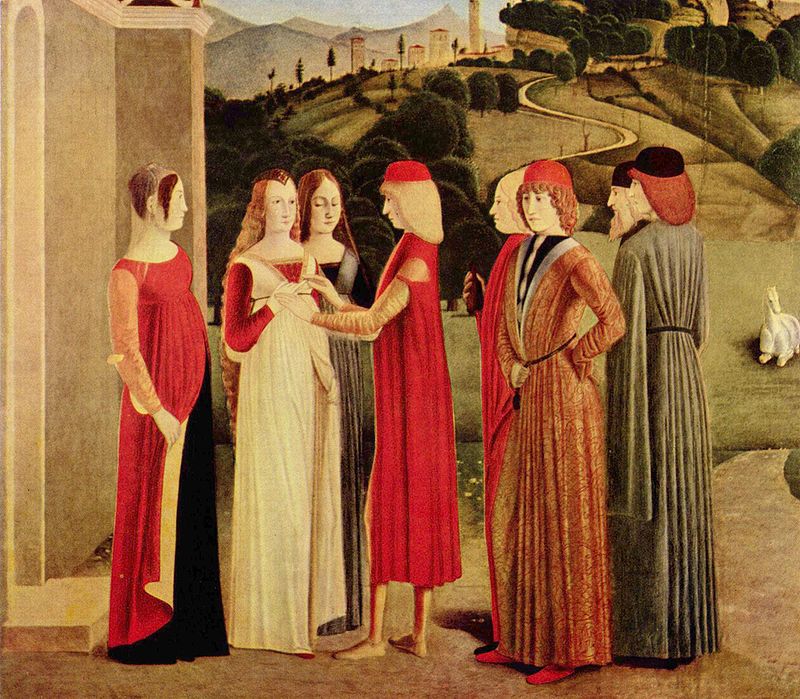Aristocratic Clothing

The Quintessential Aristocrat
Author Martin R. Thomas
Series Quintessential Series
Publisher Mongoose Publishing
Publish date 2004
In the SRD, there are three types of outfits that are appropriate for aristocrat characters: courtier’s outfits, noble’s outfits and royal outfits. These items cost significantly more than regular ‘street clothes’ but as with items of quality listed above they must be purchased and worn or else the aristocrat character suffers penalties to either her Status score or to Charisma-based skills. At a minimum the aristocrat is expected to purchase a set of courtier’s clothes. Those who belong to a noble family must wear noble’s clothing. Throughout the course of an aristocrat’s career, she may eventually become the sovereign of a nation and must wear a royal outfit. Courtiers are fickle, however. Trends at court change very frequently and an aristocrat is expected to keep up with these changes. The very expensive and constant changes of clothing trends is also a way for paranoid aristocrats to keep an eye on would-be assassins; any plotters against the throne are forced to emulate the trends at court of else risk drawing too much attention to themselves.
Once per level, the aristocrat character must purchase a new outfit according to the specific social station the character has achieved (courtier, noble, or royal). Failure to do so incurs the same penalties as if the character were not wearing the appropriate outfit.
In general, clothing for upper classes entails more of everything: more types of fabric, longer lengths, more embroidery and patterns, more threads made from precious metals, and more exotic furs. Sleeves may become so long as to become inconvenient; however, this is considered appropriate, for most of the nobility do not need to work and the long flowing sleeves do not curtail any of their more leisurely activities.
Clothing Materials
Below is a list of materials from the Middle Ages and Renaissance commonly associated with aristocratic or wealthy clothing. In many areas, these materials may be strictly reserved for use by the nobility. In cultures outside of a mediaeval European setting, other materials may donate nobility such as feathers, shells, rare animal skins and horns, and even flowers (as with a Hawaiian lei).
- Blackwork: Black silk embroidery
- Brocade: A heavy fabric interwoven with a rich, raised pattern, often made with silver or gold thread.
- Damask: A rich, patterned fabric made of silk and woven with elaborate designs and patterns.
- Kersey: A woollen, ribbed fabric used for leggings and trousers.
- Lawn: A very fine, thin woven linen fabric.
- Samite: A heavy silk fabric, often woven with gold or silver.
- Satin: A smooth silk fabric with one glossy side and one dull side.
- Silk: A very expensive cloth woven from the threads of silk worms, which typically need to be imported.
- Taffeta: A glossy, plain-woven silk fabric, typically reserved for women’s clothing.
Clothing Accessories
A list of accessories for an aristocrat’s wardrobe could be nearly endless. The list provides some of the more common clothing elements that are worn as part of an aristocrat’s outfit. These items are not part of the courtier’s, noble’s, or royal outfits from the SRD. They are separate pieces and must be purchased individually.

 Buy me a coffee
Buy me a coffee